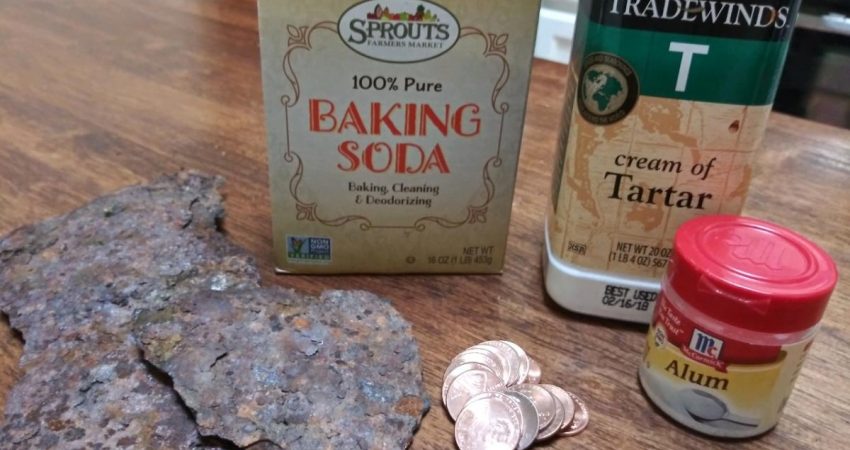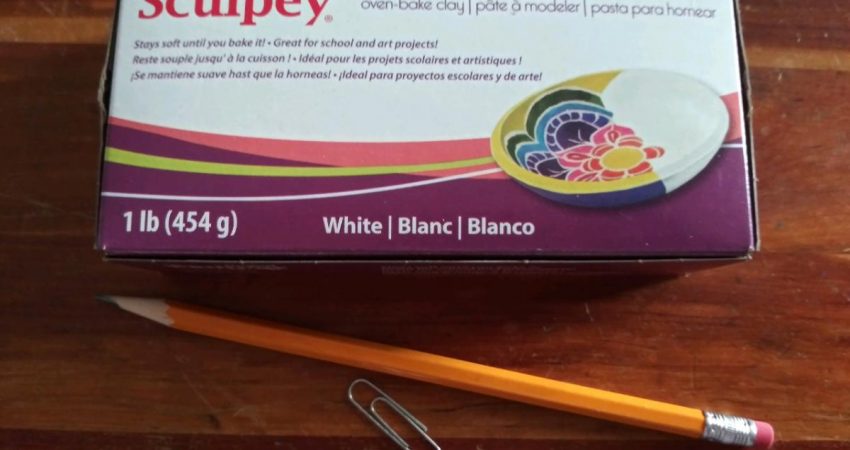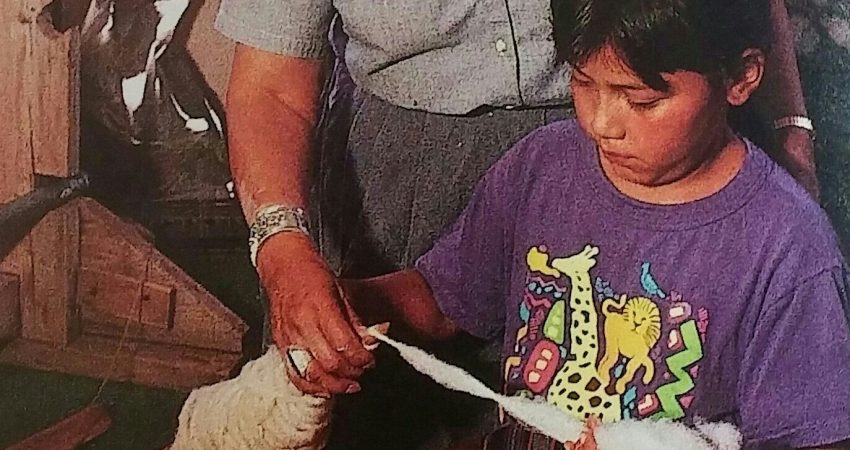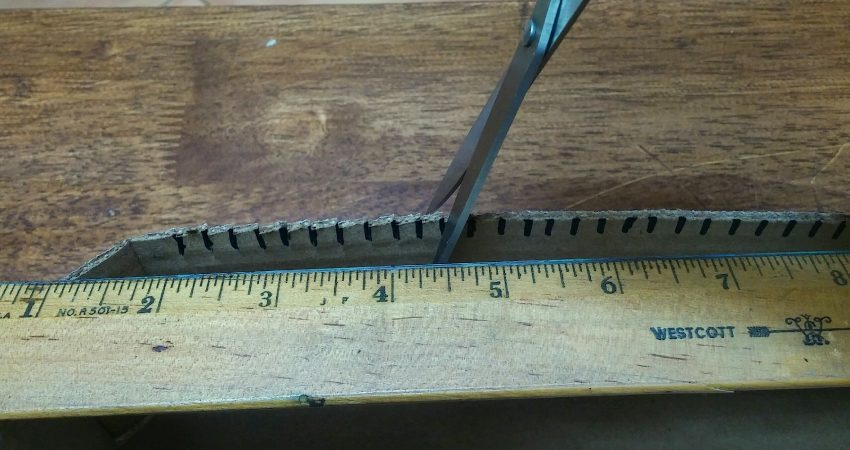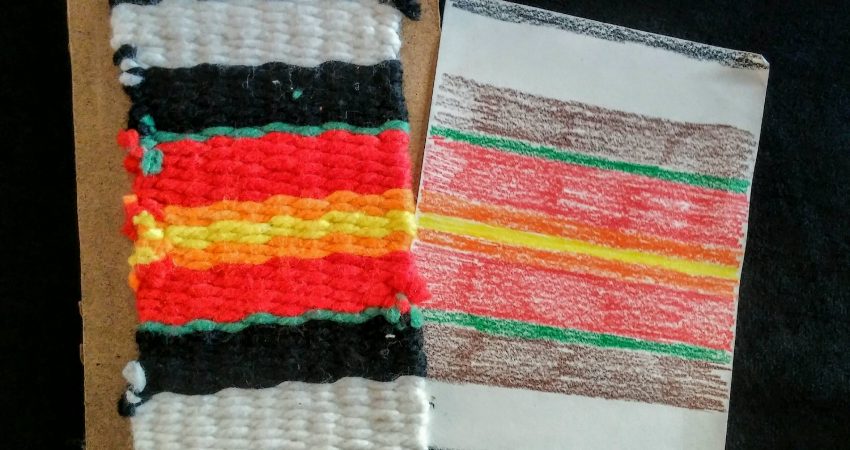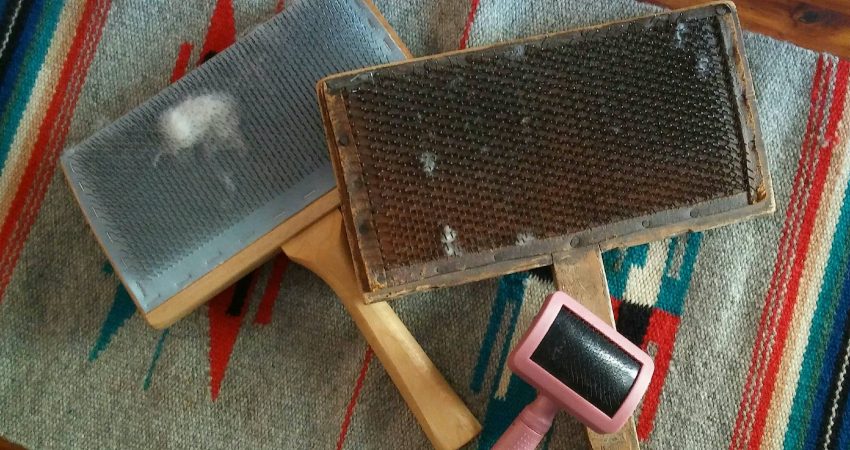Our yarns have been prepared with a mordant bath. Next, you should “bundle” your yarn. About 30 wraps around a chair or your arm, and tie the bundle with a string at two ends to keep the yarn from becoming a tangled mess in the dye bath. I keep a recipe/journal […]
Before we can dye the yarn, it must be prepared to accept the dye. So let’s talk about mordants. A “mordant” is typically an inorganic oxide that combines with a dye to “fix it to the fibers’. This is to acheive the most durable and long lasting colors, which will otherwise […]
Now that you’ve hand spun your own yarn, or purchased natural, undyed wool, cotton, or silk yarn, the next step in our process is to DYE it. The Navajo weavers would gather their plant material in the early morning, “The Holy People taught us that there is wisdom and beauty in […]
To be able to spin my own yarn is greatly satisfying to me. The more hands-on I am during the process, the better. So this session we will discuss how to use the Drop Spindle we made previously, and spin a ball of yarn. For a top-whorl […]
The final objective of spinning is to drawing out the fibers and adding twist until you have a stable yarn. This will take a little practice to achieve the perfect working rhythm and balance. First let’s practice drawing out the fibers. Take a handful of the wool […]
A Drop Spindle is the simplest tool to spin your fibers into a twisted yarn. Most people are familiar with a spinning wheel designed for this purpose, but a spinning wheel is a huge piece of furniture and quite expensive. We can make a spindle with a few cheap supplies. And […]
Spinning is an ancient textile art where fibers are drawn out and twisted into a yarn. The “spindle” was the first tool and the simplest method of spinning. After the invention of the spinning wheel and its increased use during the Industrial Revolution, mass production of yarn grew dramatically. However, handspinning […]
The “Loom” is the tool that holds your weaving together while you are working on it. It’s basically a frame. In this exercise you will make a “pop flat” cardboard loom. Since this is just the tool and not the art work, and it’s disposable when you’re finished, it doesn’t have […]
A weaving “draft” is a guide to the colors and patterns the weaver is planning, a graphic representation of what you will see in the finished product. So to keep things simple for this first exercise, imagine your finished weaving measuring 9″x51/2″. Cut a piece of paper this size. For your first […]
The process of preparing the fiber is not difficult, and the tools needed are few. For cotton, the first step is picking the cotton bolls from the field. “Ginning the cotton” is to remove the seeds, and you can do this by hand. It’s tedious, but just put on a good […]


